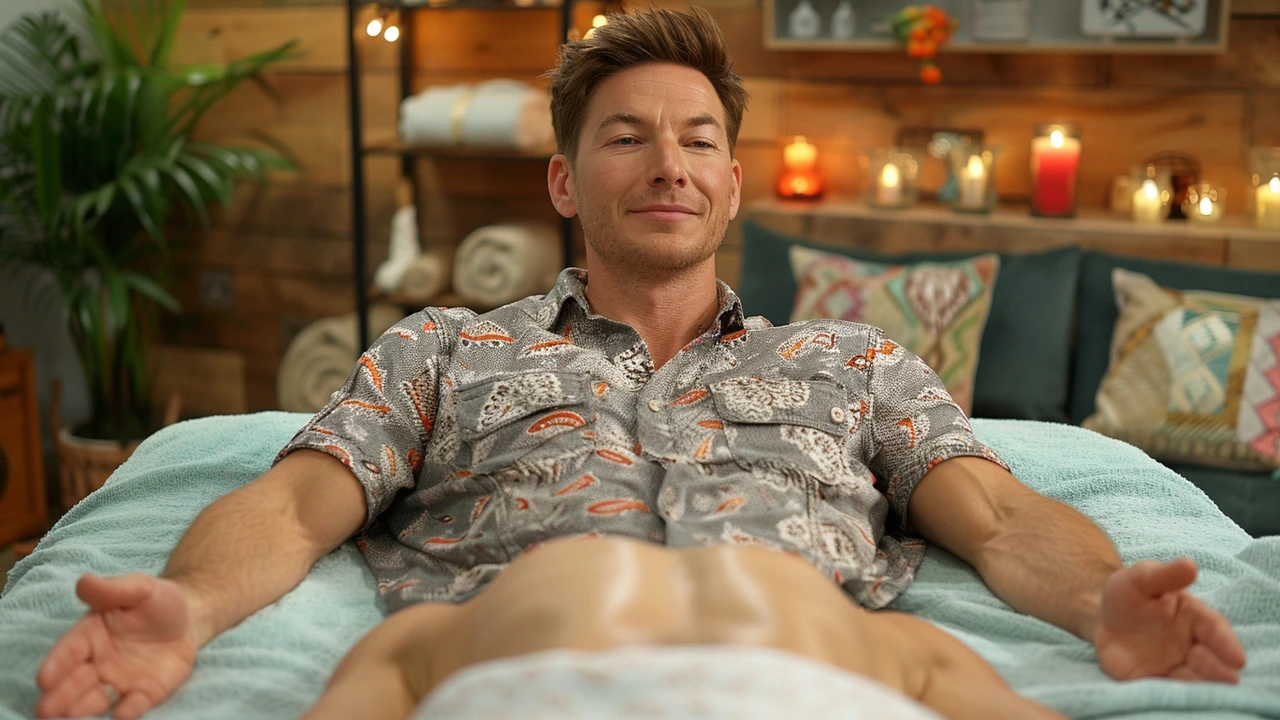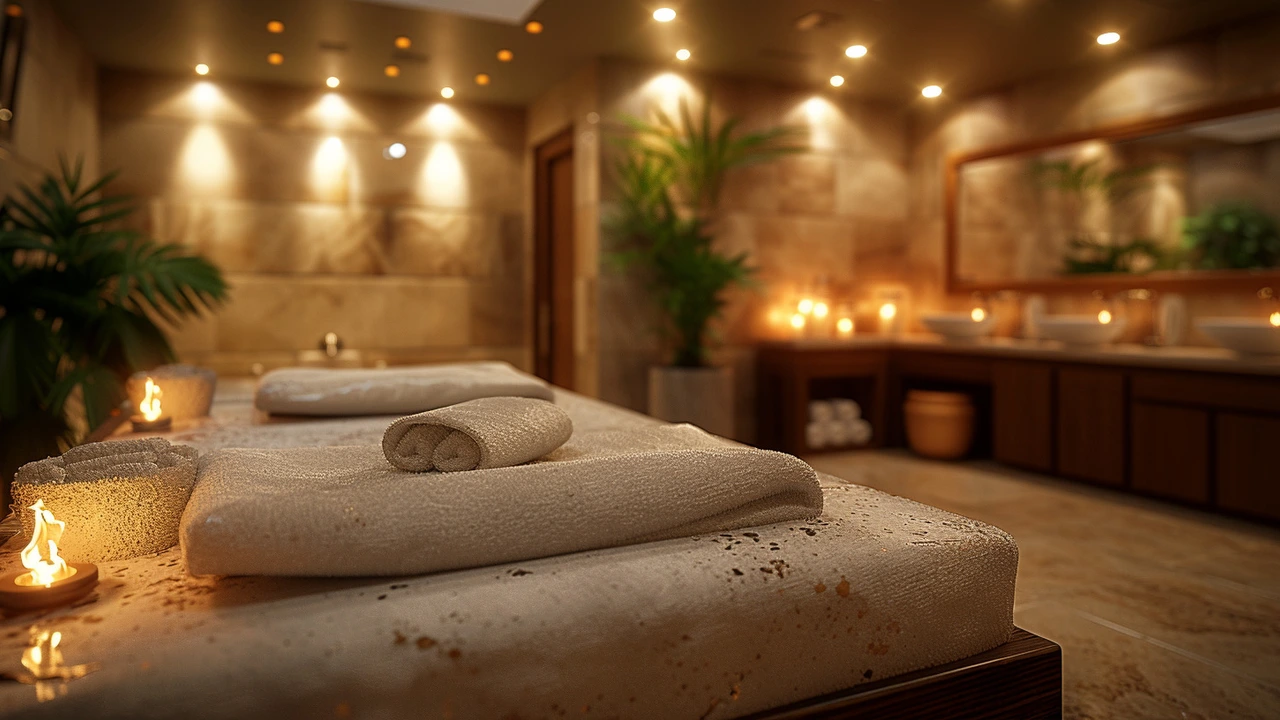Therapeutic Benefits of Massage and Bodywork
What if one hour could ease chronic pain, cut your stress levels, and help you sleep better? That’s exactly what many therapeutic treatments do. This page focuses on practical, proven benefits you can expect from different massage styles and bodywork—so you can pick what fits your needs.
Massage reduces muscle tension and improves movement. Therapies like trigger point work, deep tissue, and Ortho-Bionomy target knots and restricted areas so you move with less pain. If you’ve got tight shoulders or lower back pain, a focused session can give measurable relief and make daily tasks easier.
Stress and mood respond fast to touch. Gentle methods—amplified in Amma massage, palliative massage, or healing touch—calm the nervous system. Many people report lower anxiety, clearer thinking, and better sleep after a few sessions. If stress wears you down, aim for weekly visits at first, then space out as you feel better.
Which therapy for which problem?
Pick by outcome, not just name. Want posture and long-term change? Try Hellerwork, Rolfing, or Feldenkrais training—these focus on body alignment and movement patterns. Need fast pain relief for knots? Trigger point therapy or deep tissue can be more direct. Want a gentle, body-led solution for chronic pain? Ortho-Bionomy and polarity therapy use subtle moves to help your body reset.
For cultural, ritual, or relaxation benefits, consider Hilot, Lomi Lomi, or Kahuna. They combine technique with breathing and rhythm to balance body and mind. Stone therapy (hot or cold) is great for muscle tension and seasonal blues—warm stones increase circulation and calm the nervous system.
Quick tips you can use today
Try acupressure for headaches: press the web between thumb and index finger (LI4) for 20–30 seconds. If you’re pregnant, skip that point. For tight shoulders, hold a trigger point for 20–30 seconds and breathe into it—a slow release often follows. If you’re short on time, a 10-minute self-massage with a tennis ball against a wall can loosen your back.
Frequency matters. For rehab after injury, weekly sessions work best for the first month. For general maintenance, once every 3–4 weeks helps keep pain and stress down. Always tell your therapist about medications, recent surgeries, or blood clots—massage isn't safe with some conditions.
When booking, ask what the session will focus on and how the therapist tailors care. Check credentials and read reviews. Good therapists explain why they use a technique and give simple at-home exercises to extend benefits.
If you want more specifics on methods—Hilot, Feldenkrais, trigger point therapy, palliative touch, and many others—check individual guides on our site for what to expect and real tips on choosing a practitioner. A few smart sessions plus consistent self-care can change how you feel every day.

Blind Massage: Discovering a Unique Sensory Experience for Optimal Relaxation
Explore the world of blind massage, a unique therapeutic practice that offers a heightened sensory experience. This article delves into its origins, benefits, and what to expect during a session. Learn how blind massage can lead to deeper relaxation and mindfulness.

Fire Massage: Is This Hot Treatment Right for You?
Let's talk about a steaming hot topic: Fire Massage. This alternative therapy might sound a little dangerous, but don't be alarmed, it's completely safe and incredibly beneficial. As someone who is always curious to explore new spa treatments, I'm going to cover everything you need to know about this hot trend. If you're interested in trying this therapy, join me as we delve deeper into the potential benefits of Fire Massage. It might just be the soothing solution that you've been seeking.
Categories
- Health and Wellness (148)
- Alternative Therapies (86)
- Massage Therapy (40)
- Travel and Culture (15)
- Beauty and Skincare (9)
- Holistic Health (8)
- Health and Fitness (5)
- Spirituality (5)
- Other (2)
- Personal Development (2)



